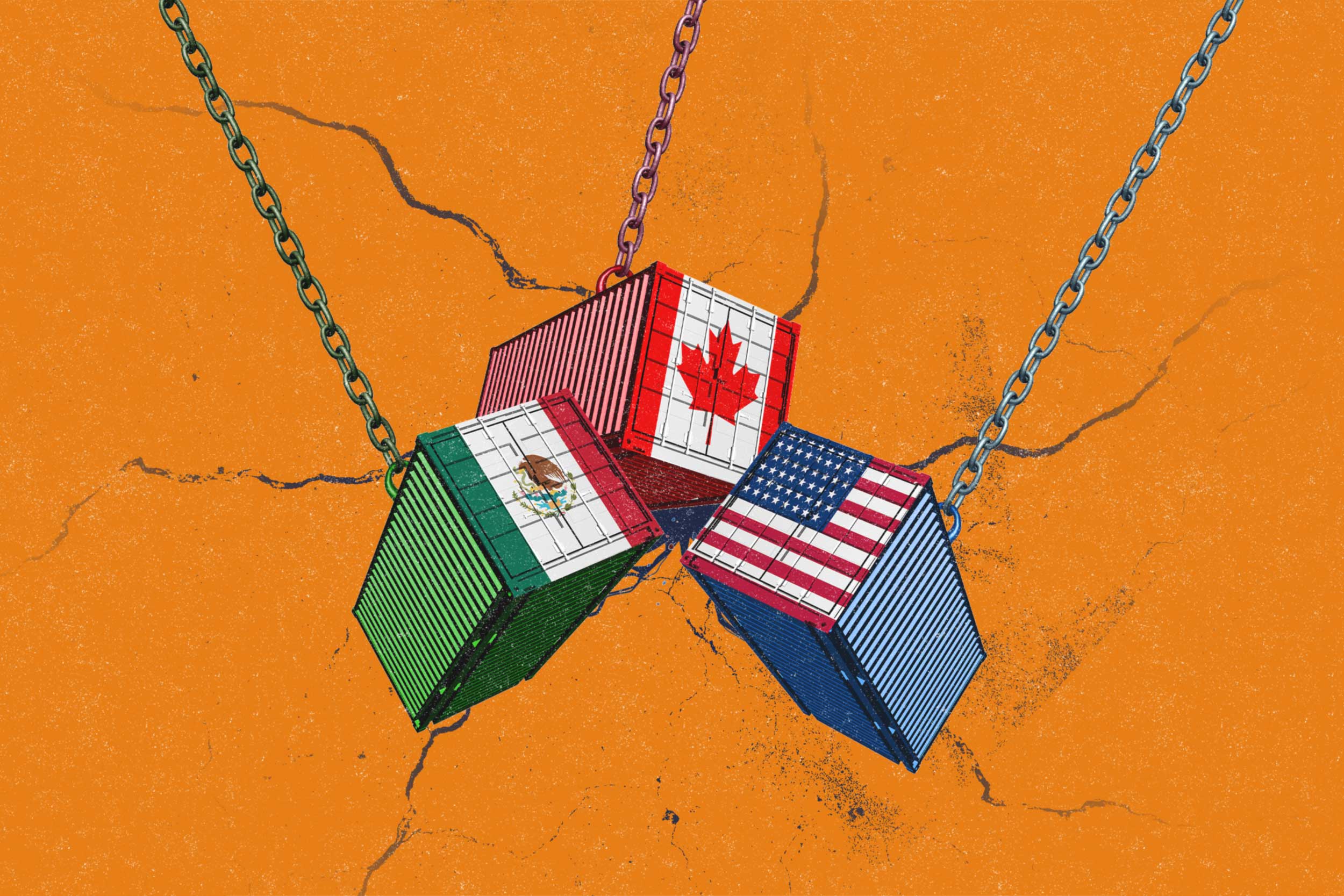Understanding Tariffs and Their Effects
In the contemporary global economy, the term tariff has come to the forefront of discussions among HR professionals and business leaders alike. But what are tariffs, and how do they influence the landscape of business? In this article, we will delve into the intricacies of tariffs, their applications, and implications for businesses operating in international markets.
What are Tariffs?
Tariffs are essentially taxes imposed by a government on imported or exported goods. The primary aim of these taxes is to make domestic goods more competitive against foreign imports, thus protecting local industries. According to Darden, tariffs play a critical role in shaping trade relationships and economic strategies.
The Historical Context of Tariffs
Historically, tariffs have been implemented for various reasons, including protecting nascent industries, generating government revenue, and exerting political power in trade negotiations. For instance, the Smoot-Hawley Tariff Act of 1930 raised duties on imports to record levels, leading to retaliatory tariffs from trading partners and exacerbating the Great Depression. Today, businesses must navigate a complex landscape shaped by government policies that can rapidly change due to political shifts, trade agreements, and economic conditions.
How Tariffs Affect Businesses
The implications of tariffs on businesses can be significant and multifaceted:
- Increased Costs: Tariffs often lead to increased costs for companies dependent on imported raw materials or products. These additional expenses may be passed on to consumers in the form of higher prices, thereby impacting demand and sales.
- Supply Chain Disruptions: Businesses may have to reassess their supply chain strategies to mitigate tariff impacts. This might include sourcing materials from domestic suppliers or finding alternative international partners with lower duty rates.
- Market Access: Tariffs can restrict market access for foreign competitors, providing local businesses an opportunity to gain market share. However, the reciprocal effect often leads to higher prices for consumers, impacting purchasing decisions.
- Potential Trade Wars: The imposition of tariffs can trigger retaliatory measures from other countries, leading to trade wars that can escalate economic tensions and further complicate international market dynamics.
- Investment Decisions: Changes in tariff policies can influence foreign direct investment. Businesses may delay or accelerate investments in new markets based on the perceived risks associated with tariffs.
Current Trends and Future Outlook
The landscape of tariffs is continuously evolving, particularly in light of recent geopolitical developments. For example, nations might engage in negotiations to reach trade agreements that either lower tariffs or establish trade partnerships that circumvent traditional tariff barriers.
Recent events have demonstrated that tariffs are not merely a linear method of trade policy; they are part of a larger strategic framework in international economics. Businesses that monitor these trends and adapt their strategies accordingly will be better positioned to navigate the potential pitfalls and opportunities presented by tariff changes.
Strategies for Business Leaders and HR Professionals
As tariffs evolve, HR professionals and business leaders must consider several strategic moves to mitigate risks associated with tariffs:
- Continuous Education: Staying informed about changes in tariff policies and their implications can help businesses anticipate and respond effectively. Regular training sessions for employees on international trade topics can prove beneficial.
- Flexible Supply Chains: Developing flexible supply chains that can adapt to tariff changes is crucial. This may involve diversifying suppliers and exploring alternative manufacturing locations.
- Cost Analysis: Conducting a thorough cost analysis to determine the impact of tariffs on pricing and margins should be a priority. Understanding these financial implications will assist in strategic decision-making.
The Role of Technology in Navigating Tariffs
In an age where technology is reshaping business processes, leveraging technology can play a pivotal role in navigating the complexities of tariffs:
- Data Analytics: Utilizing data analytics allows businesses to gain insights into tariff impacts across various regions and products. This information can inform sourcing and pricing strategies.
- Automation Solutions: Implementing automation solutions such as n8n workflows can streamline compliance processes related to tariffs. Automating documentation and reporting can save time and reduce errors.
- Scenario Planning: Technology can facilitate scenario planning, enabling businesses to model potential outcomes based on different tariff scenarios. This proactive approach fosters better strategic decision-making.
Conclusion
Understanding tariffs is essential for businesses operating within the global marketplace. By comprehending their implications and adapting strategies accordingly, companies can navigate the challenges while seizing opportunities that tariff frameworks may provide. As the economic landscape continues to evolve, staying informed and agile will position businesses for success in an increasingly interconnected world.








